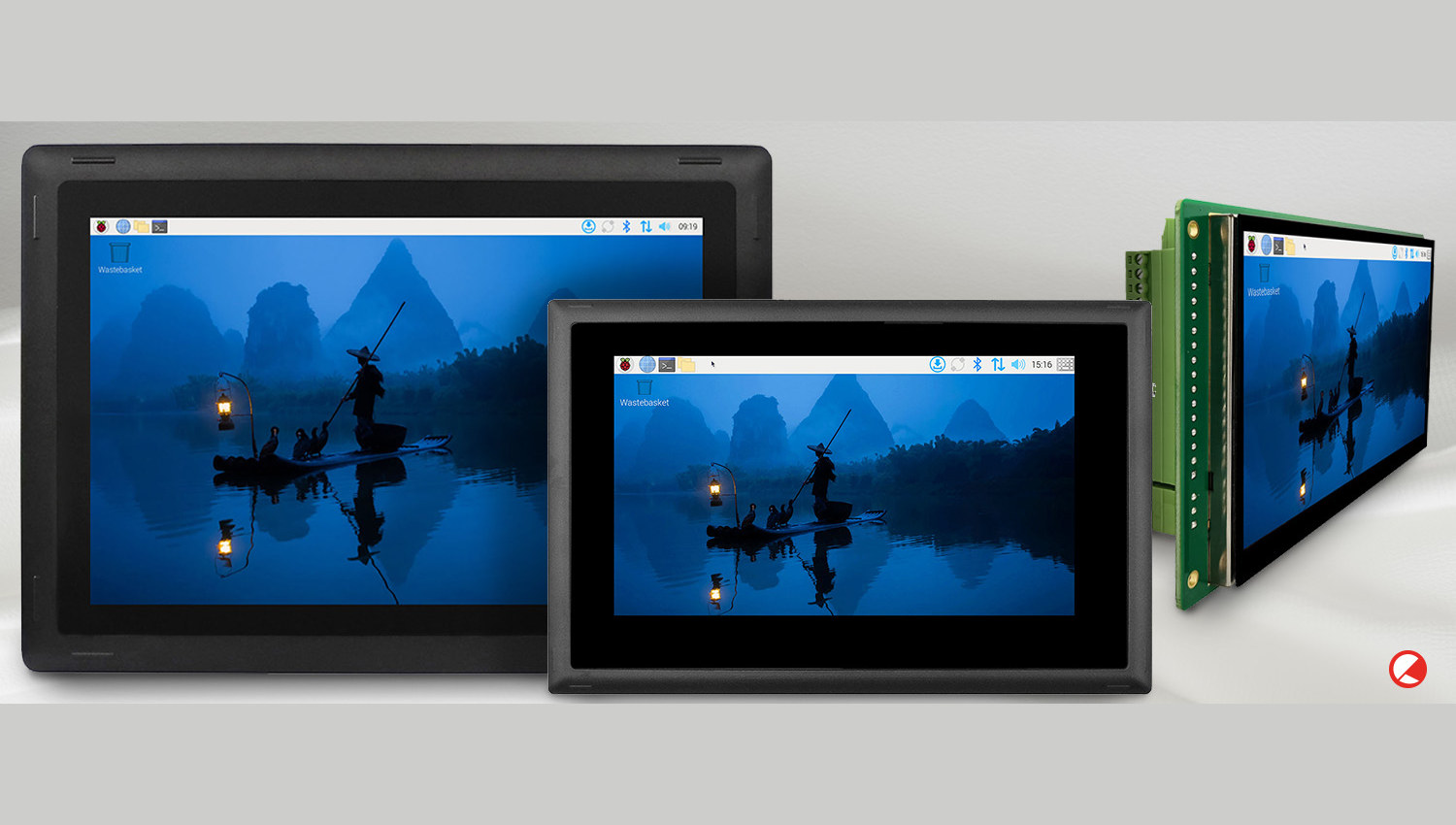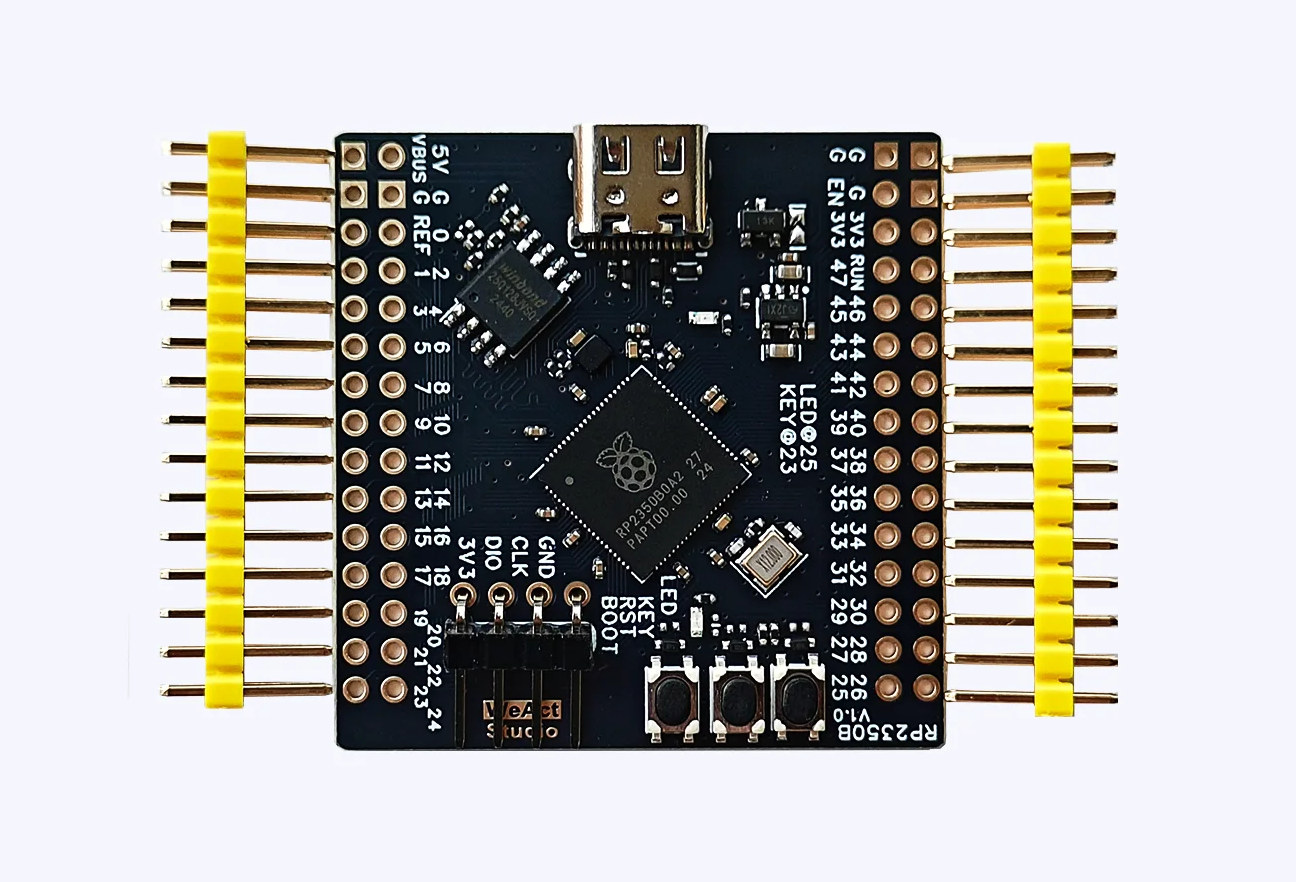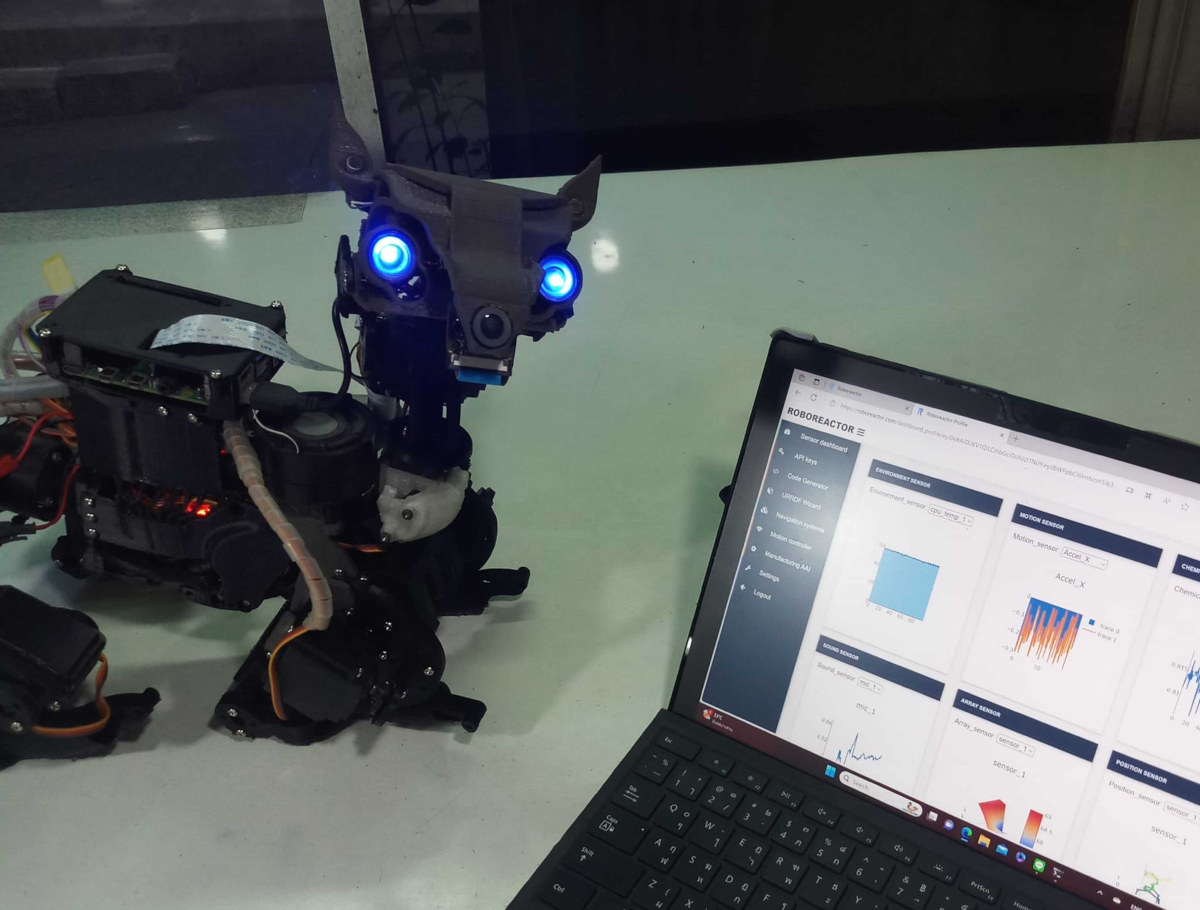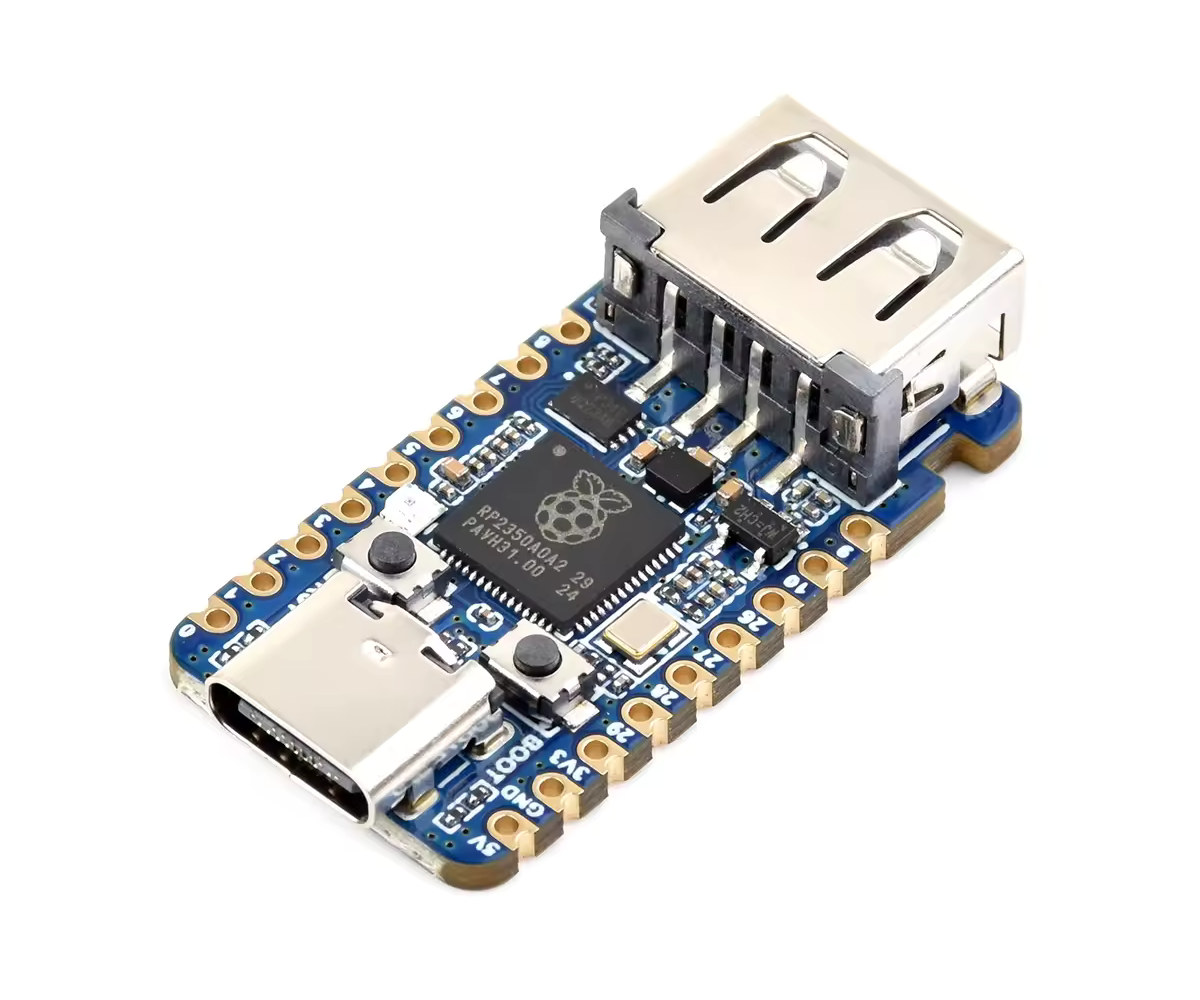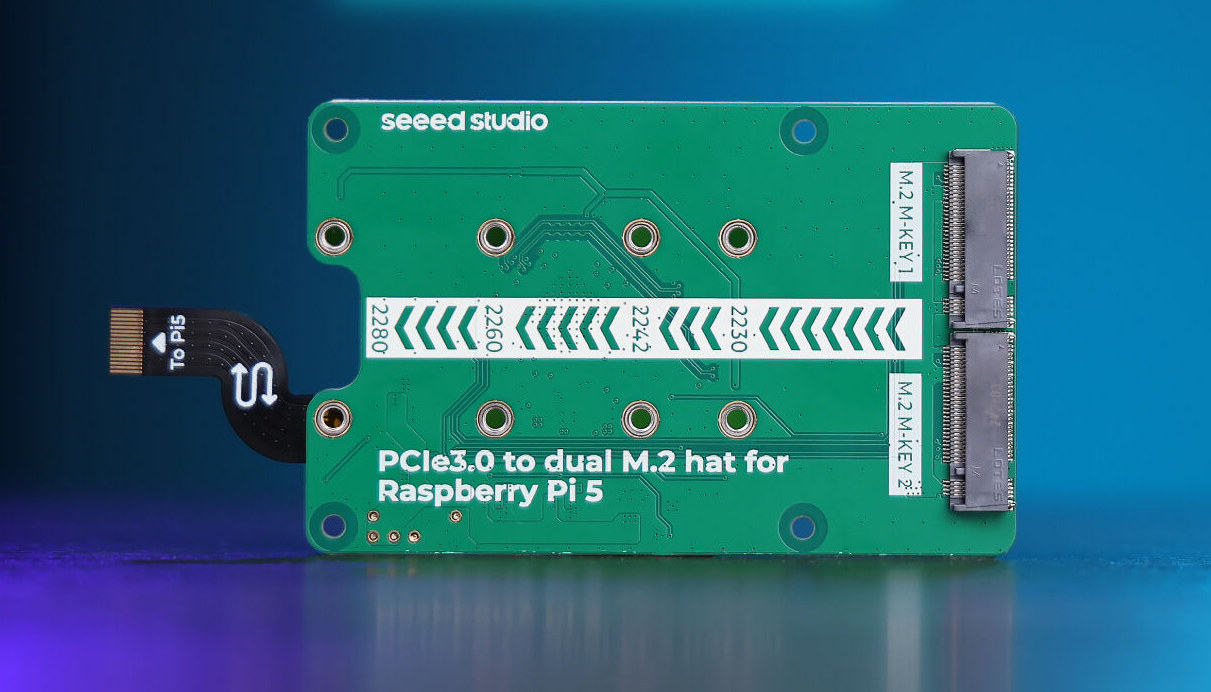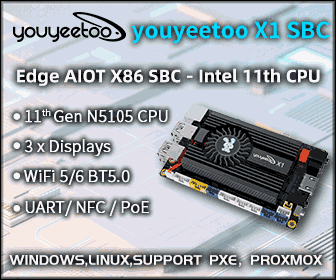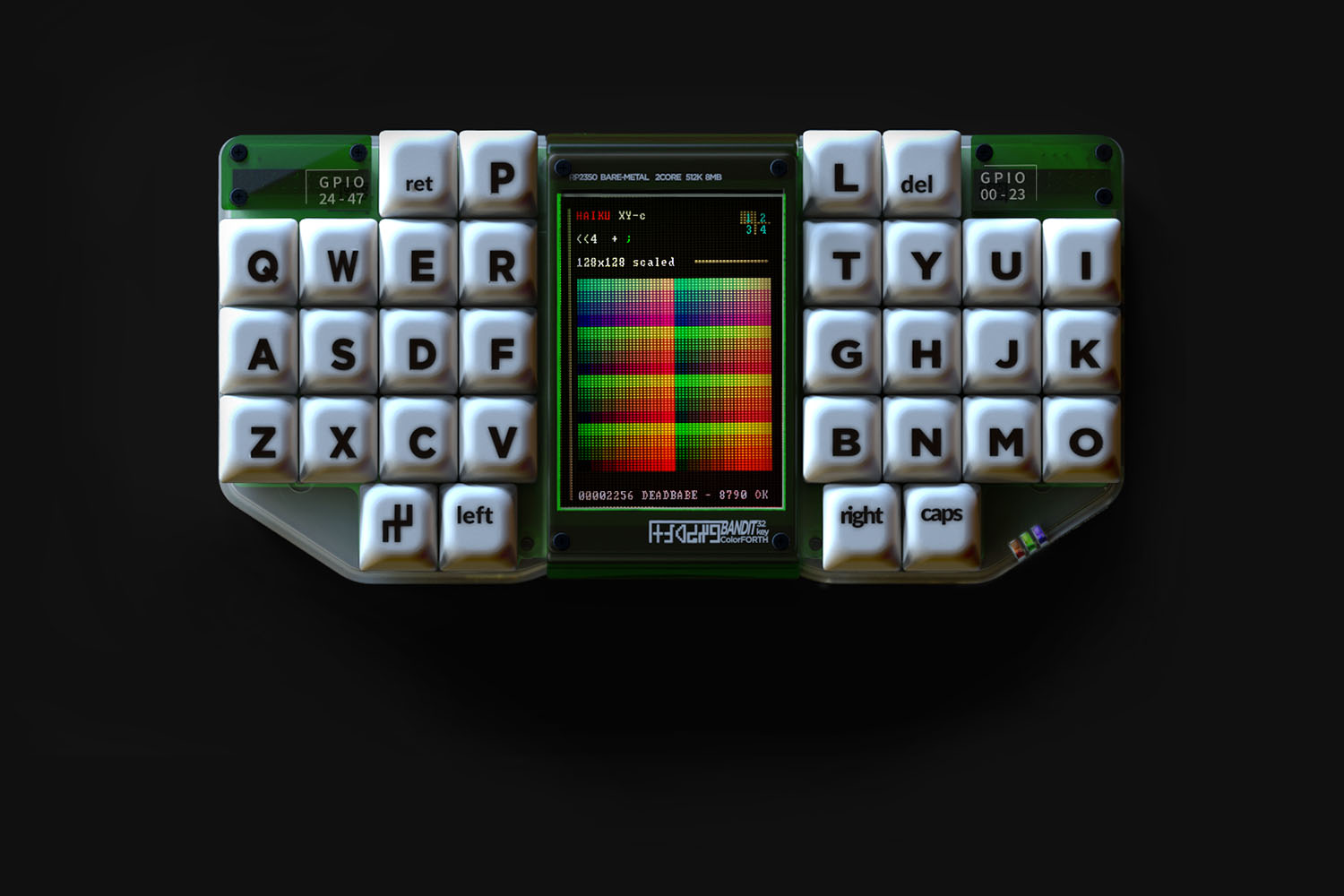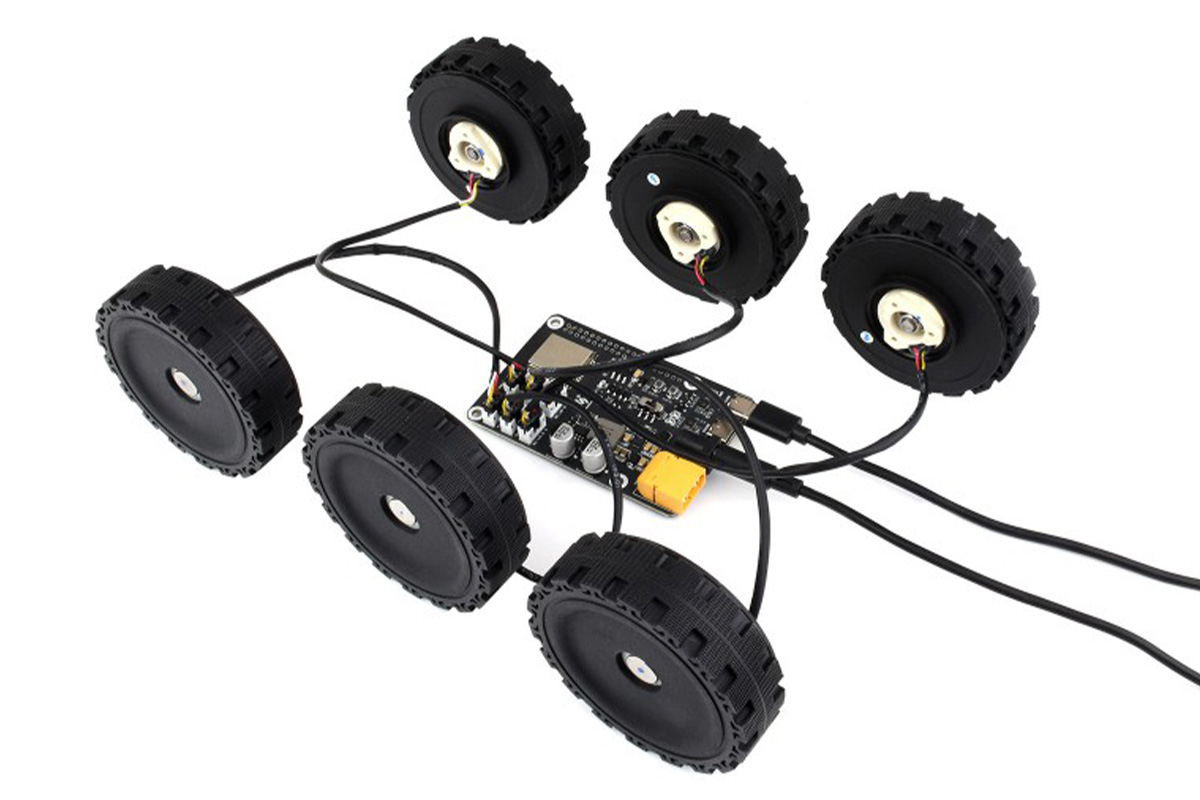Chipsee introduces 7-inch and 10.1-inch industrial panel PCs powered by Raspberry Pi CM5
Chipsee has introduced three new panel PCs powered by the Raspberry Pi Compute Module 5 (CM5), namely the EPC-CM5-070, PPC-CM5-070, and PPC-CM5-101, designed for automation, manufacturing, and industrial applications. The EPC-CM5-070 is a compact 7-inch open frame embedded panel PC with armored glass, the PPC-CM5-070 is also a 7-inch panel PC but with VESA/panel mounting and a rugged metal enclosure, and the PPC-CM5-101 features a 10.1-inch touchscreen display and support for an extended temperature range. Chipsee EPC-CM5-070 – A 7-inch open frame panel PC Specifications: SoM – Raspberry Pi CM5 with Broadcom BCM2712 quad-core Cortex-A76 SoC, 4GB or 8GB RAM, 32GB eMMC flash Storage MicroSD card slot M.2 M-Key 2230/2242 (PCIe Gen2 x1) socket for NVMe SSD Display – 7-inch display with 1024×600 resolution, 5-point capacitive touchscreen, 500 NIT brightness Video Output – HDMI port Audio 3.5mm audio out jack Internal 2W Speaker Buzzer Camera – Optional support Networking Gigabit […]


